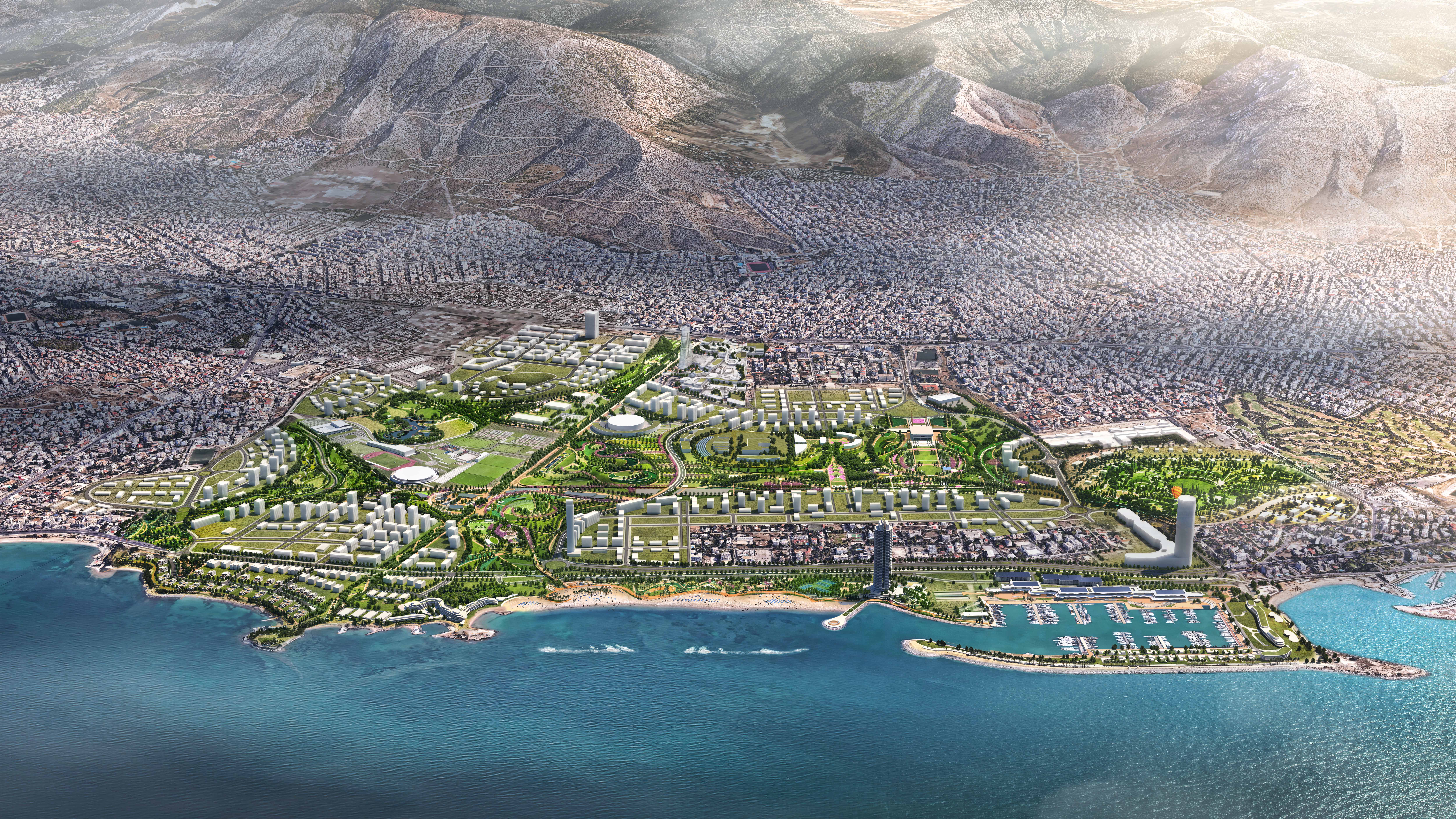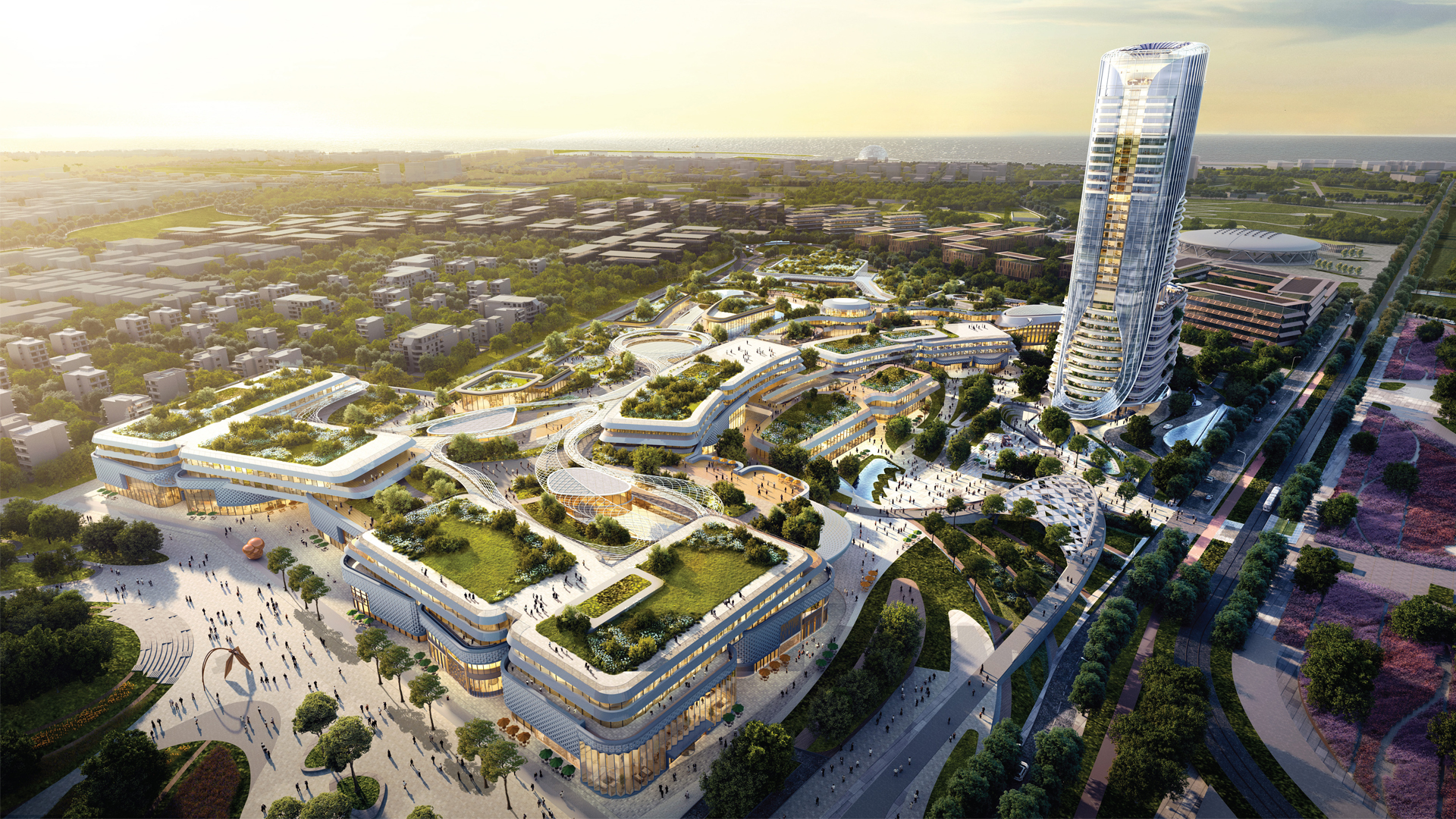The Final Entry Deadline for Architizer's 13th A+Awards is Friday, January 24th! This season we're spotlighting the talent of architects who expertly balance global challenges with local needs. Start your entry.
Recently, I came across an article that criticizes, in the most innovative way, the use of the word “iconic” in architectural practice. A hidden trap lies when writers (including myself) characterize a building as “iconic”: it implies a sense of excess, dominance and false idealization. It goes back to the figure of the starchitect, where a sole designer is deemed responsible for the inception and materialization of a contemporary architectural monument, a rather problematic idea since architecture is by default a group endeavor. What is more, “iconic buildings” are often detached from their immediate context, since their aim is to stand out, provoke and make a grand statement of their greatness.
Fortunately, the optimists in architecture claim that the starchitect era is gradually fading, and that the focus now shifts on architectural collectives, thus prioritizing the team over the individual to effectively navigate this post-iconic world. In addition, recent highlights promote projects that incorporate local practices, blending seamlessly in the immediate setting without having to live up to the requirement of becoming contemporary monuments within that specific place. An architecture that is deeply rooted in context.

Danjing Pavilion of Longquan Mountain Urban Forest Park by Chengdu Architectural Design and Research Institute, Chengdu, China
Moving away from the cities that are considered global melting pots, such as London, New York, Chicago or Dubai, most other countries with smaller markets are very dependent on their local architects. This may not have been the case a couple of decades ago, when smaller cities would employ famous architects to boost their urban regeneration schemes and attract global attention. Today, however, the prevailing philosophy is to often combine forces and utilize both a globally renowned name with local expertise to deliver the most appropriately tailored result. The following cities are great examples of how a synergy between international and local firms can produce designs that respect cultural heritage, cater to the unique needs of the community, and elevate the city’s profile on the world stage.
Three following examples showcase the power of blending global and local talent, where “iconic” gives way to “collective” practice. This year, Architizer’s A+Awards prioritize context and locality by introducing two new categories: Architecture +Localism and Best Local Firm, in order to celebrate designs that reflect the unique identity, culture and community values of their locations. These categories underscore a shift in the industry towards recognizing architecture that not only embodies aesthetic excellence but also strengthens a city’s connection to its roots. By honoring projects and firms that prioritize local relevance, the awards highlight a growing movement toward responsible, place-sensitive architecture that seeks to enhance and respect the character of its surroundings rather than imposing a singular vision.
Athens, Greece

The Ellinikon Metropolitan Park and Coastal Front by Sasaki, Athens, Greece

Mixed Use Tower Hellinikon by Aeter Architects , Athens, Greece
The Hellinikon is the biggest coastal redevelopment project in Athens. After the decommissioning of the original Athens International Airport, the 650 acre (263 hectare) plot remained vacant for almost twenty years, until a proposal was approved and funded by Lamda Development in 2020. The project is one of the largest urban parks in Europe, massively contributing to the Greek capital’s ecological restoration. Additionally, the plot will include an array of public and private programs such as a government park, educational facilities, museums, entertainments spaces, health centers, housing as well as large, open urban spaces. Foster & Partners were responsible for designing the primary masterplan of the project, while the design firm Sasaki was appointed to redesign the metropolitan park.
Nevertheless, the number of Greek architecture offices that were involved, and continue to work on the project, is immense, bringing to the table an abundance of local expertise. One example is the Mixed Use Tower Hellinikon by Aeter Architects: a 500-foot-high (150 meter) structure as part of the Hellinikon Commercial District that will include hospitality services, branded residencies, as well as offices, and which will combine the highest sustainability standards and conservation strategies.
Cape Town, South Africa

Zeitz MOCAA by Heatherwick Studio, Cape Town, South Africa

Battery Park by dhk Architects, Cape Town, South Africa
Since the 1920s, the prominent grain silo on Cape Town stored and graded corn from all over South Africa, located in the Victoria & Alfred Waterfront. In the 1990s however, it was decommissioned, and thus required ideas for adaptation and redevelopment. In parallel, the Zeitz Foundation was seeking a new permanent home for their collection of African art, leading to the transformation of the grain silo into a new museum for contemporary art, Zeitz MOCAA, which was designed by the Heatherwick Studio and completed in 2017.
A year later, the Battery Park (1.2 hectare) project situated at a key entranceway to the V&A Waterfront had also materialized. It was developed by South African firm dhk Architects as a park and a piazza, while preserving the remnants of one of the city’s oldest structures — a coastal fortification named the Amsterdam Battery. The project became part of an urban design framework that stitches a new district into the surrounding city fabric.
Tirana, Albania

Pyramid of Tirana by MVRDV and IRI Architects, Tirana, Albania
The Pyramid of Tirana is located in the heart of Albania’s capital city and was originally built as a museum for communist dictator Enver Hoxha. The building has now been dramatically transformed by Dutch architecture firm MVRDV, becoming a new kind of cultural hub for the city. The complex features a cluster of small village cafes, studios, workshops and classrooms as well as a plethora of green, open spaces. Key to this transformation was the contribution of the local firm IRI Architects, who acted as consultants to the project and ensured that the building redevelopment would preserve as well as celebrate its roots and local character.
The Final Entry Deadline for Architizer's 13th A+Awards is Friday, January 24th! This season we're spotlighting the talent of architects who expertly balance global challenges with local needs. Start your entry.
Featured image: Pyramid of Tirana by MVRDV and IRI Architects, Tirana, Albania



